Transforming your bedroom into a sanctuary doesn’t require a hefty budget or a complete overhaul. Sometimes, the most impactful changes come from subtle shifts in lighting and color—two elements deeply rooted in psychological principles. By understanding how these factors influence mood and perception, you can create a space that feels both inviting and restorative without breaking the bank.
The psychology of color is a powerful tool in interior design, especially in a room as personal as the bedroom. Warm tones like soft yellows, muted oranges, and earthy browns evoke feelings of comfort and warmth, making them ideal for creating a cozy atmosphere. On the other hand, cool hues such as blues, greens, and lavenders are known for their calming effects, promoting relaxation and better sleep. Even small accents—like throw pillows, curtains, or a single painted wall—can shift the energy of the room dramatically.
Lighting plays an equally crucial role in shaping the ambiance of your bedroom. Harsh overhead lights can feel clinical and unwelcoming, while softer, layered lighting creates a more intimate and soothing environment. Consider incorporating table lamps with warm-toned bulbs, string lights for a whimsical touch, or even dimmable fixtures to adjust the brightness according to your mood. The key is to mimic the natural progression of daylight, winding down with softer light in the evening to signal to your brain that it’s time to relax.
One often overlooked aspect of bedroom lighting is the direction and diffusion of light. Indirect lighting—such as wall sconces or lights pointed upward—can reduce glare and create a more even, flattering glow. This is particularly important in a space meant for unwinding, where harsh shadows or bright spots can feel jarring. Similarly, the color temperature of your bulbs matters; opt for warmer tones (around 2700K to 3000K) to avoid the sterile feel of cooler, bluer light.
When working with a limited budget, creativity becomes your greatest asset. Repurposing items you already own—like painting an old dresser in a calming sage green or swapping out lampshades for something more textured—can breathe new life into your space without a significant investment. Thrift stores and flea markets are also treasure troves for affordable lighting fixtures or decor pieces that can add character to your bedroom. The goal isn’t perfection but rather a space that feels uniquely yours and aligned with the emotions you want to cultivate.
Another cost-effective strategy is to focus on the psychological impact of clutter. A disorganized room can subconsciously elevate stress levels, making it harder to relax. Simple changes like decluttering nightstands, incorporating storage baskets, or choosing a minimalist color palette can create a sense of order and tranquility. Even the act of rearranging furniture to improve flow can make the room feel more spacious and intentional.
Textures and materials also interact with light and color in ways that affect perception. Soft fabrics like velvet or linen can absorb light, creating a muted, serene vibe, while reflective surfaces like mirrors or metallic finishes can amplify natural light and make the room feel brighter. Mixing textures—a chunky knit throw paired with smooth wooden nightstands—adds depth and interest without requiring a full redesign.
Ultimately, the most successful bedroom transformations are those that prioritize emotional resonance over trends. Whether it’s the soothing glow of a salt lamp or the quiet sophistication of a charcoal-gray accent wall, every choice should serve your well-being. By leveraging the psychological effects of light and color, you can craft a bedroom that not only looks beautiful but also feels like a true retreat—all while staying within a modest budget.

By Thomas Roberts/Apr 25, 2025
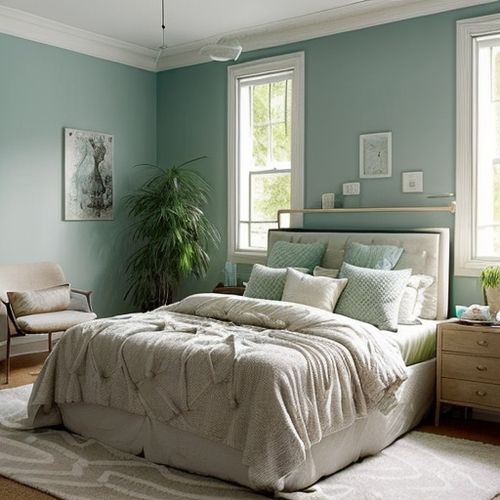
By Daniel Scott/Apr 25, 2025

By Thomas Roberts/Apr 25, 2025
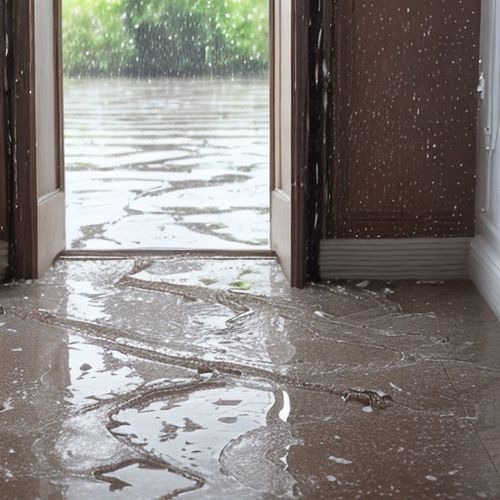
By Daniel Scott/Apr 25, 2025
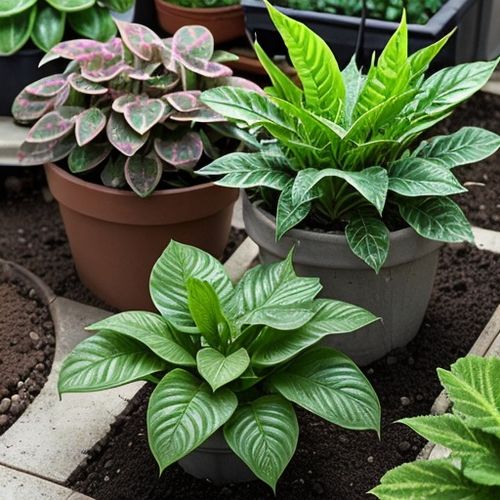
By Lily Simpson/Apr 25, 2025
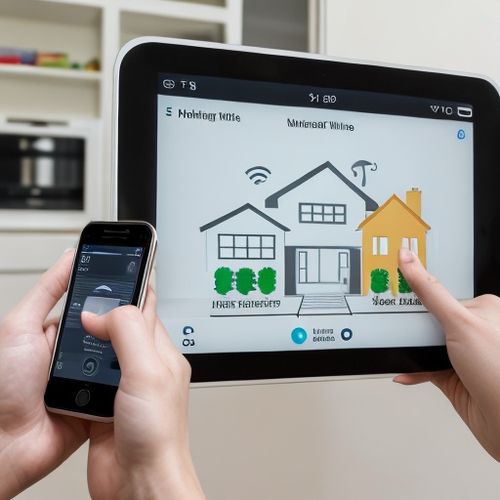
By Megan Clark/Apr 25, 2025
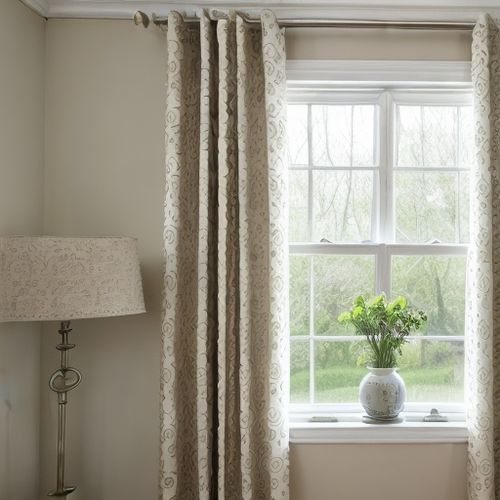
By Christopher Harris/Apr 25, 2025
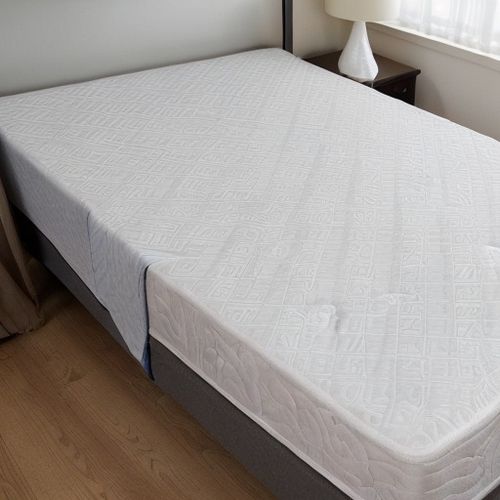
By Amanda Phillips/Apr 25, 2025

By John Smith/Apr 25, 2025
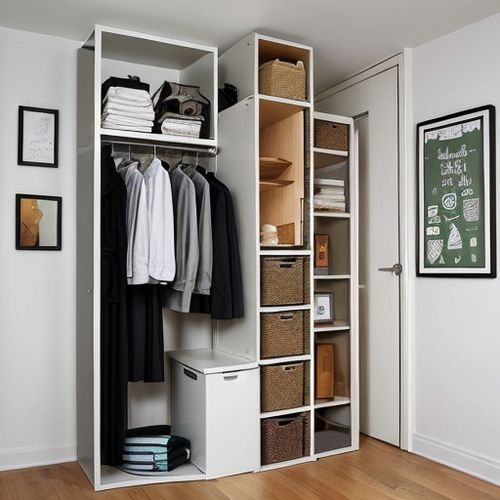
By Michael Brown/Apr 25, 2025

By Daniel Scott/Apr 25, 2025

By Olivia Reed/Apr 25, 2025

By Elizabeth Taylor/Apr 25, 2025

By James Moore/Apr 25, 2025
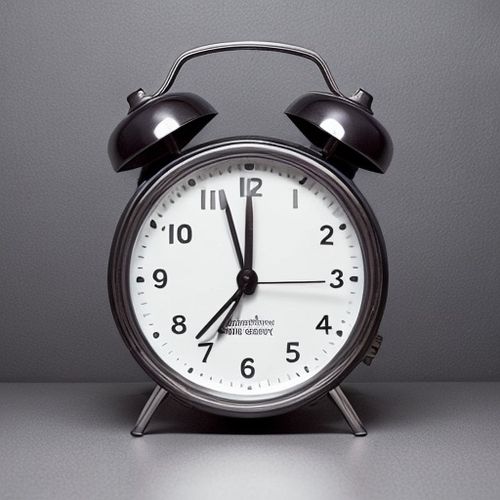
By John Smith/Apr 25, 2025

By William Miller/Apr 25, 2025

By Daniel Scott/Apr 25, 2025
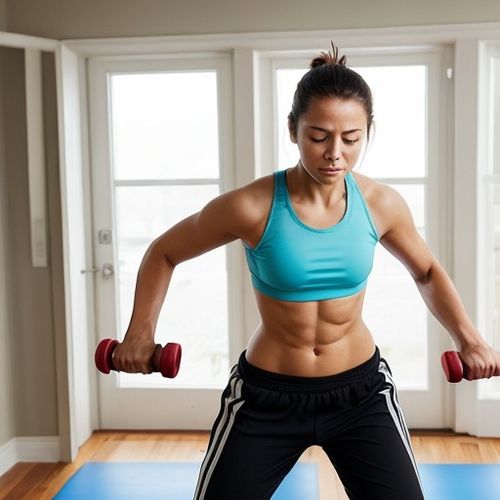
By Emma Thompson/Apr 25, 2025

By James Moore/Apr 25, 2025

By Ryan Martin/Apr 25, 2025